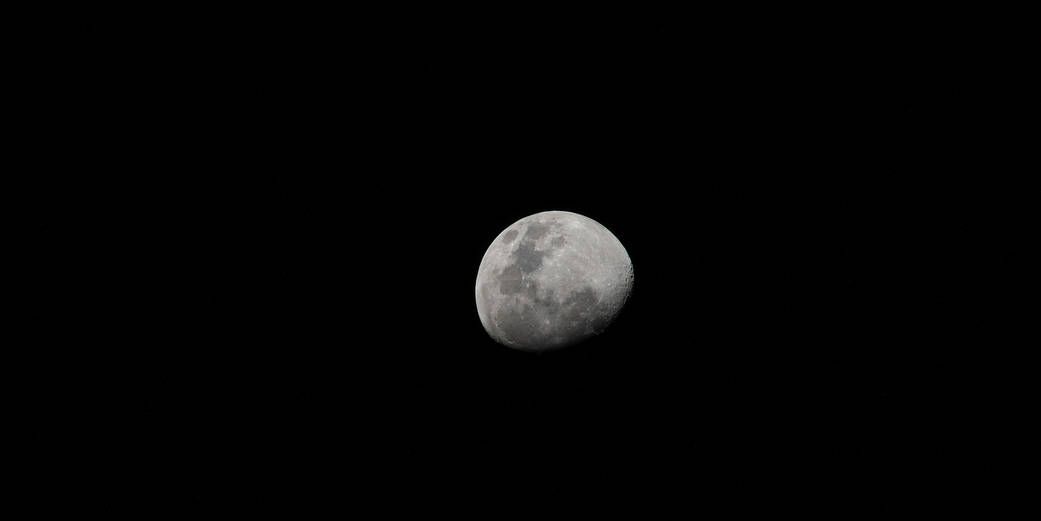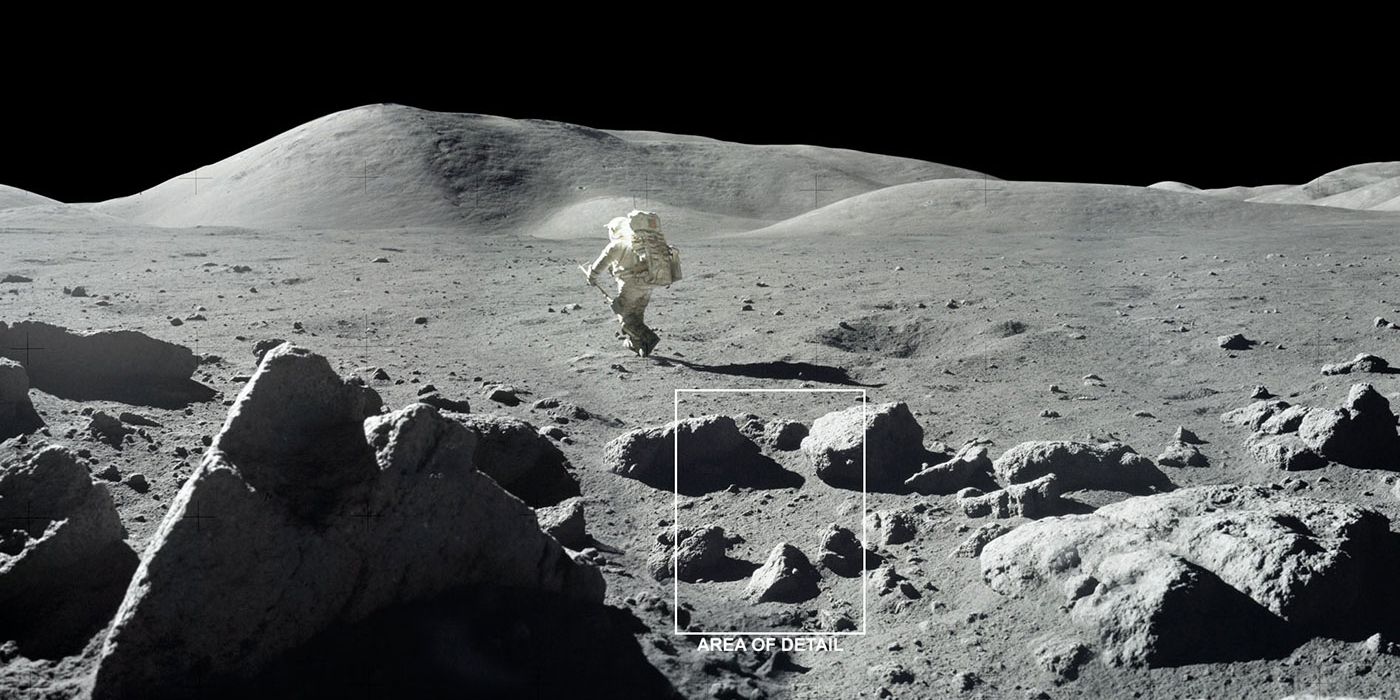The Moon is a harsh and lifeless environment, but according to new research from NASA, there could be frozen water hiding beneath the shadows of its surface. While a lot of space talk these days is centered around Mars, Europa, and other faraway destinations, the Moon is still just as fascinating today as it was 52 years ago when Neil Armstrong and Buzz Aldrin became the first humans to walk on it. Not only is it critical to life on Earth, but there are still plenty of remaining mysteries surrounding the Moon that humans have yet to answer.
One such mystery is the presence of water on the Moon. At first glance, it seems like water has no place existing on it. The Moon has a very limited atmosphere, harsh temperatures, etc. More than 10 years ago, however, possible signs of water on the Moon were detected for the first time. In 2020, NASA confirmed the existence of water molecules in sunlit areas of the Moon's surface. While exciting, that confirmation created some confusion. How in the world could water survive on the Moon? Surely the intense heat from the Sun would burn it right off the surface, right?
This is a puzzle some NASA scientists have been working to solve, and thanks to recently completed research from NASA's Jet Propulsion Laboratory, there might finally be an answer. Conducted by scientists Björn Davidsson and Sona Hosseini, the research says water on the Moon can be explained by it hiding underneath shadows caused by the Moon's "roughness." The many rocks and craters all around the Moon create shadows when hit by the Sun. In these shadows, which are much colder than sunlit areas of the Moon, water might have a chance to exist in the form of frost.
How Water Can Hide On The Moon Like This
To get to this conclusion, Davidsson and Hosseini looked at images of the Moon's surface from Apollo missions in 1969 and 1972. These photos clearly show a rough surface with evident shadows, but despite this, many computer modules studying the Moon represent its surface as being flat. When accounting for this roughness, the existence of water on sunlit portions of the Moon becomes much more explainable. These shadows can be as cold as -350 degrees Fahrenheit, compared to sunlit surface temperatures that reach 240 degrees Fahrenheit. Because the Moon's thin atmosphere can't evenly distribute heat throughout the surface, these icy shadows can exist right next to burning hot areas. As the study explains, "As the Sun tracks through the lunar day, the surface frost that may accumulate in these cold, shaded areas is slowly exposed to sunlight and cycled into the Moon’s exosphere. The water molecules then refreeze onto the surface, reaccumulating as frost in other cold, shaded locations." Davidsson and Hosseini explain that other studies have accounted for the Moon's rough surface, though they did not consider its shadows.
Knowing how water exists on the Moon is essential information for future missions. If there's enough water readily available hiding beneath these many shadows, astronauts could use that for drinking, cooking, growing crops, fuel, and more. Potentially, this could allow scientists to create lunar bases for future research, use the Moon as a launch site for other missions, and even as a new home for some people. There's still a lot of work to be done before any of that happens, but this study is an important step toward getting to that future.
Source: NASA


